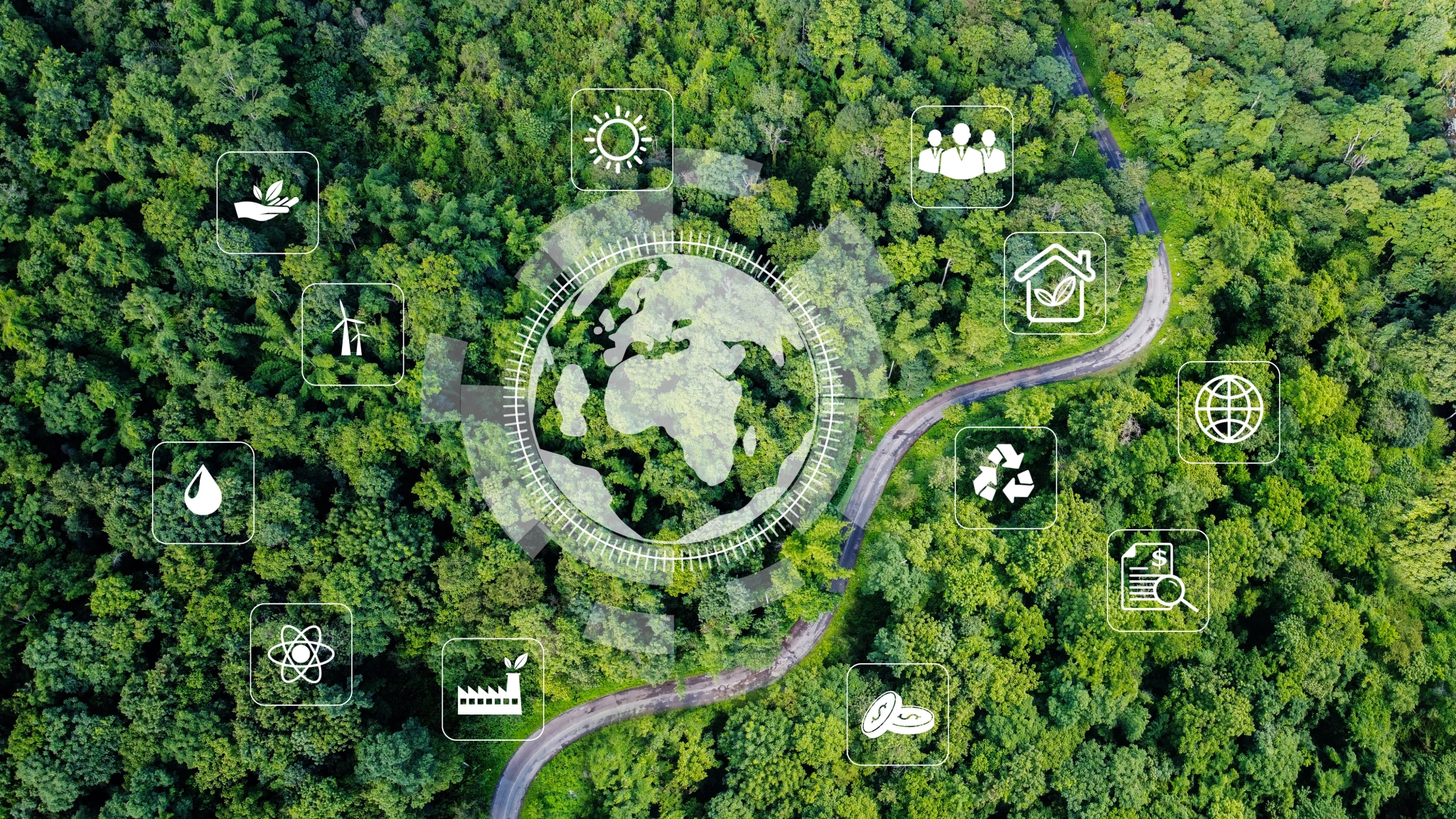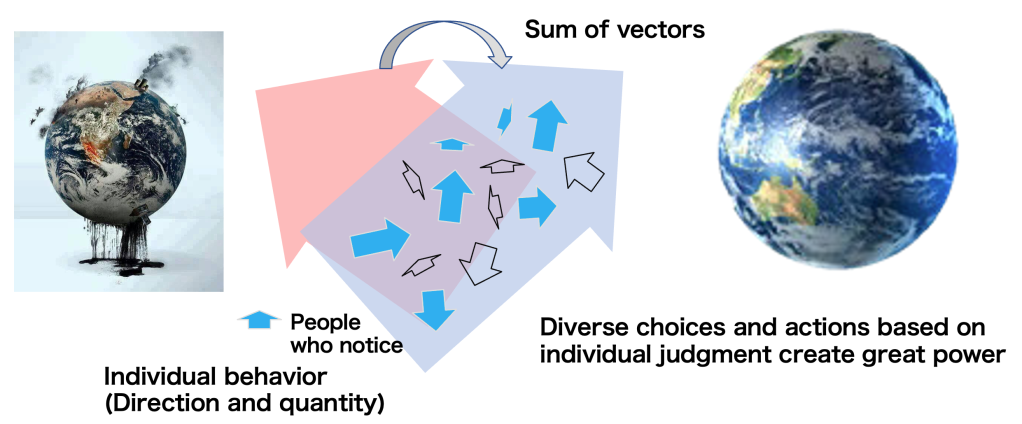With the evolution of technology, people’s lives have become more convenient, and they are able to communicate freely. We had hoped that a fulfilled world would open up where self-realization was possible; however, a material world is only temporary, and we are now entering a time of great uncertainty. Modern prosperity is based on the exploitation (and over-exploitation) of the Earth’s resources, and there is a sense of anxiety that these resources may eventually run out. In addition, there is a growing sense of insecurity as more and more people are feeling the limits of the world due to the widening disparities, constant conflicts, and divisions.
A World of Uncertainty
Current Efforts and Challenges (SDGs)
The Sustainable Development Goals (SDGs) were created with the idea of making the right choices to protect the lives of future generations. The SDGs succeeded the Millennium Development Goals (MDGs), which lacked the perspective of all humankind as they focused mainly on solving the problems of developing countries, assuming that developed countries were in a position to assist them. The SDGs were adopted at the 2015 UN Summit as comprehensive goals that can be addressed by all humankind by 2030, covering not only the development needs of the global South but also the three aspects of the economy, society, and the environment. The SDGs encourage companies to be creative in solving issues, and they emphasize the role that they can play.
The focus of the SDG activities has now shifted from nations and governments to companies in each country, thereby greatly expanding their scope; at the same time, the challenges raised by the SDGs have become clearer. The main issue is that the SDGs are relatively short-term in their outlook and will not address the Great Visionary Cause 30 years from now. Companies are not obliged to address the SDGs and we are likely to face a large gap between numerical targets and reality in 2030. In addition, they do not include goals at the individual level, where behavioral change is still insufficient (Fig 1).
We cannot be complacent about the SDGs, but rather look beyond 2030 and set ambitious goals that will be inspiring for each and every one of us, instead of governments and the media constantly stoking a sense of crisis.
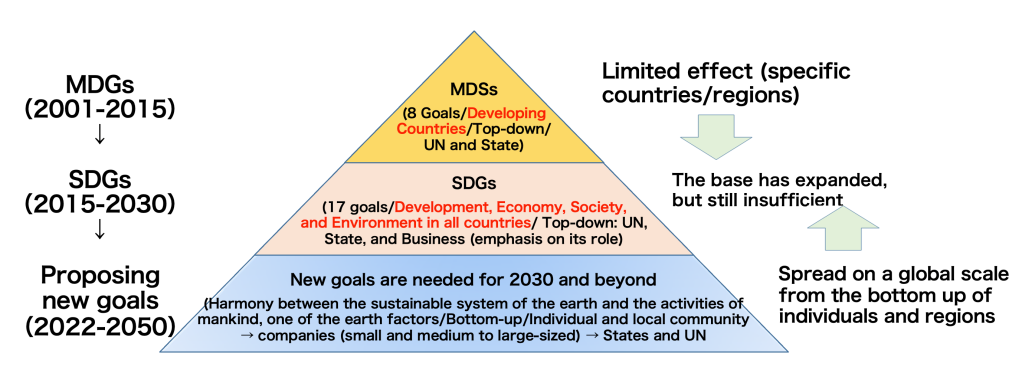
Fig 1. What are the new goals after SDGs?
Earth Overshoot Day
We believe that our anxiety and sense of crisis about the natural environment are more evident when the wellness of the Earth is visualized. Earth Overshoot Day is “computed by dividing the planet’s biocapacity (the amount of ecological resources Earth is able to generate that year), by humanity’s ecological footprint (humanity’s demand for that year), and multiplying by 365, the number of days in a year” (OverShootDay.org, 2023) and is an indicator of the wellness of the planet we live on (Fig 2).

Fig 2. Earth Overshoot Day trend
Source: https://www.overshootday.org/newsroom/press-release-june-2021-japanese/
In 1970, the yearly global production and consumption of resources were almost equal at the end of the year. In other words, there was no overshoot. Since then, however, consumption has gradually accelerated to the point where, in 2021, we technically ran out of resources on July 29. This means that 1.6 times the Earth’s natural resources are needed to support the world’s human population and that, after Earth Overshoot Day, our consumption of natural resources will exceed the Earth’s annual capacity for resource reproduction and CO2 absorption (Fig 3). The purpose of Earth Overshoot Day is to communicate the importance of reducing our impact on the environment.

Fig 3. Biocapacity – Comparison between 1961 and 2020
Source:https://theeverydayenvironmentalist.com/what-is-earth-overshoot-day-and-how-can-we-help/
Social Determinants of Health
What is the relationship between our health and the earth?
When we use the word “health,” we think of our own physical condition and whether we are suffering from a disease. In fact, the Preamble to the Charter of the World Health Organization (WHO) contains a definition of health, stating that it is not merely the absence of disease or infirmity, but a state of complete physical, mental, and social well-being. In other words, health is not only a state of physical and mental health but also a state of social fulfillment (Fig 4).

Fig 4. Factors included in the definition of health
We now know that social factors play a major role in determining our health. The non-medical factors that influence our health status are called the Social Determinants of Health (SDH) and they are estimated to contribute as much as 30-55% to a person’s health. How can we improve the natural environment and the various social factors to protect our health? This requires a change in people’s behavior, not only at the national and corporate level but also at the individual level. To achieve this, we have created the concept of “Gaia Wellness”.
What is Gaia Wellness?
Gaia Wellness is inspired by the Gaia Theory developed by Dr. James Lovelock (1919-2022), a former NASA scientist (Fig 5). Dr. Lovelock stated that “the Earth is a self-regulating system able to keep the climate and chemical composition comfortable for organisms” (JamesLovelock.org), an idea that he called “Gaia”, after the Greek Earth goddess, and that eventually evolved into the Gaia Theory. However, the theory does not include human-created social mechanisms such as nations, religions, corporations, education, and economies. We believe that the social mechanisms created by humans are part of the autonomous mechanisms of the entire planet, and we have redefined “Gaia” to include such social mechanisms.
So, what is Gaia Wellness? We explained about Social Determinants of Health (SDH) earlier, but we believe it is a state of physical, mental, and social well-being as we mentioned. We define Gaia Wellness as a state where the global environment, including the land, oceans, atmosphere, and all living organisms exist in a state of healthy balance and harmony, alongside individuals, communities, businesses, and nations (Fig 6).
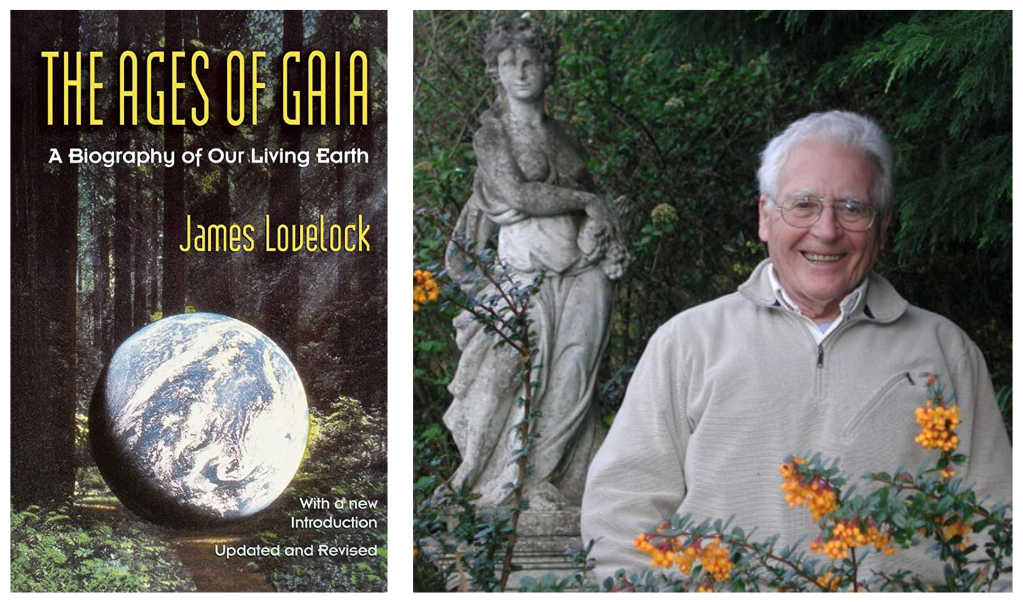
Fig 5. The Book Gaia and James Lovelock

Fig 6. Human Wellness and Gaia Wellness
Maintenance and Breakdown of Homeostasis
Homeostasis is a fundamental and dynamic mechanism for maintaining life. Everything that exists as a living organism, without exception, has a mechanism that is constantly regulated in response to subtle changes, within a certain range of oscillation, that has a strong reaction to large changes and a weak reaction to small changes. The mechanism operates through negative feedback, like that of a pendulum. However, the pendulum must not swing so far in one direction that it cannot come back. On the other hand, it is difficult to imagine the pendulum coming to a complete standstill in a living organism.
There are several such systems in a living organism that affect other systems and are regulated by them at the same time. The totality of these systems that maintain living organisms is known as homeostasis, but even if each system is simple, it is difficult to understand the complex system of countless mechanisms interacting with each other at the same time. Each system is an open system that is not complete on its own. A closed system can be approximated only by looking at an individual organism as a whole (Fig 7).
However, even this living organism is not a completely closed system. If we look at it from a higher perspective, we realize the existence of a large system that takes in oxygen and energy, influences the outside world, and is known as an ecosystem. When we gradually elevate our perspective, we can see the entire Earth as a single system. If we include the energy supply from the Sun, we can see it as an independent and isolated system. By moving up and down the hierarchy of perspectives in this way, we realize that what we thought was a closed system is actually an open system, or we can comprehend it as a closed system. Gaia Theory is an explanation of the internal interrelationships and the regulatory maintenance mechanisms of Gaia that assumes that the entire Earth is a living organism and places the environment at its core.
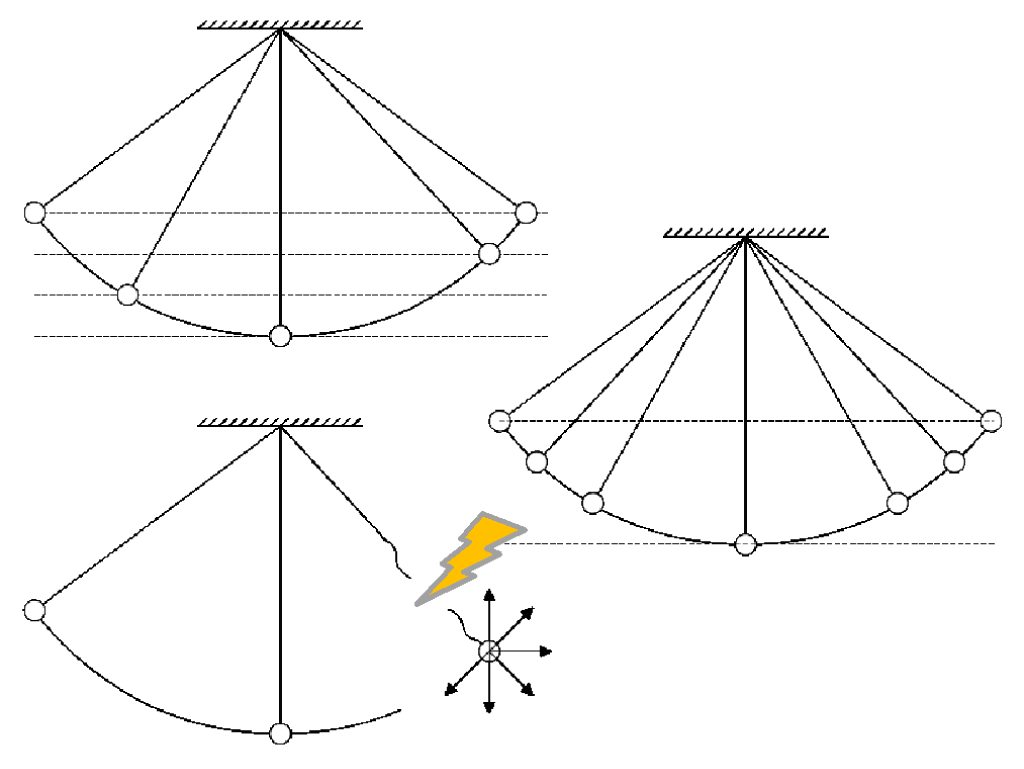
Fig 7. Homeostasis Pendulum
Increasing Individual Influence
We are part of Gaia and maintaining Gaia Wellness is important to us. In order to maintain this homeostasis of Gaia Wellness and achieve a state of Gaia Wellness maintained, the actions of each individual are important. But can a single individual, with a total population of 7.88 billion, accomplish much against the magnificent entity of Gaia?

Fig 8. Relationship between Gaia and the individual
In recent years, technologies such as social networking services (SNS) have evolved dramatically. Anyone, from small children to the elderly, can send out information of their choice to the world (Fig 9). It is also possible to easily connect and communicate with people around the world, and one person can form a community of diverse people and engage in a variety of activities. This individual-driven trend is expected to continue and accelerate, and a world in which everyone can become an influencer will become a reality. The influence of the individual is undoubtedly growing. Under these circumstances, if everyone becomes aware of Gaia Wellness and changes their behavior, even if only gradually, and communicates this information to the world through a variety of tools and channels, or if they can recruit others to join him or her in taking action, it may be possible to create a major movement.
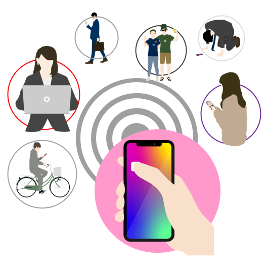
Fig 9. Increased influence of individuals due to the evolution of technology
Creating Shared Value (CSV) of Individuals and Gaia
Our values are the starting point for our actions and feelings and are the basis for our decisions (Fig 10). When people agree with the values they hold, they are highly motivated to take action. On the other hand, when they are forced to do something that is not consistent with their values, they feel as if they are being forced to act.
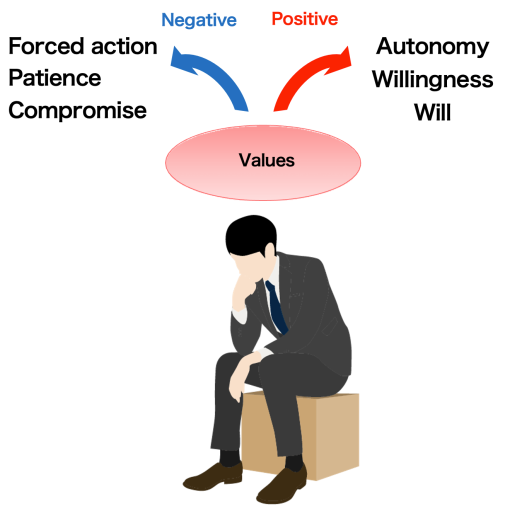
Fig 10. Judgment based on values
For voluntary and sustained actions to take root to maintain Gaia Wellness, it is important that these actions are consistent with the values of the individual. In other words, it is important to understand that what is good for the individual is also good for Gaia Wellness (Fig 11).
When this idea permeates to all of humankind and becomes common sense, the standards for each individual’s behavioral choices will change, and the maintenance of Gaia Wellness will be realized. It is important for each individual to believe in the “CSV of the individual and Gaia” and to act accordingly.

Fig 11. Individual and Gaia CSV
What We Want You to Notice
What do people with awareness notice? You belong to various systems, cohesions or structures composed of elements that influence each other, such as families, friends, cram schools, schools, nations, and so on. So, how do you think and make choices when you have to make decisions on your own in your daily life? Probably, you choose the best way, taking into consideration the impact on not only yourself but also on your family, friends, and so on (the systems to which you belong). In the same way, a person with awareness who realizes that he or she is part of Gaia (material, life, and all that exists on Earth) will choose the best way for himself or herself and Gaia when making a decision. Once a person transforms their understanding from the idea of the Earth as a mere vessel, unrelated to the various systems to which he or she belongs, to one where the Earth is the primary system to which they belong, then their behavior toward the Earth is likely to change (Fig 12).

Fig 12. Individuals in the extended system
Why We Want People to Notice
One path is not good for Gaia Wellness, while the other path leads to Gaia Wellness. What will those who are unaware that they themselves are part of Gaia do? Most likely, they will choose the path that leads to Gaia Wellness without being aware of it. On the other hand, those who have become aware will choose the path that is better for their Gaia Wellness. Even among those who are aware, there are individual differences in their actions, since there are (1) those who think first and foremost about protecting Gaia Wellness and actually take action, (2) those who leave the matter to homeostasis, and (3) those who discuss and explore “how to be” in terms of what is good for everyone. Thus, there are variables in awareness, leading to variables in subsequent behavioral changes. We believe that the multiplication of these variables, that is, the multiplication of awareness x behavioral change, will increase the sum of the vectors.
Those who notice are the starting point for our actions. The maintenance of homeostasis is a complex interplay of many factors. Discussion of a single factor is not enough; each of us must become aware, and this will lead to changes in our behavior. The choices and actions toward Gaia Wellness by people with awareness do not mean that everyone has to make the same choices and take the same actions. Rather, diverse choices and actions based on individual judgment create great power. Recently, the possibility of the failure of Gaia Wellness has been suggested. Increasing the percentage of “aware people” will maximize the sum of the vectors of choices and actions toward Gaia Wellness and will bring this axis back to the direction of maintaining Gaia Wellness (Fig 13).
Transparency of Gaia Wellness Status
We believe that the first step in becoming aware is to make Gaia Wellness visible. In a world where systems understanding has expanded, it is important to see more directly and transparently the relationship between individual behavior and Gaia Wellness, rather than just macro figures that show overall trends. The natural environment is becoming more visible through environmentally conscious management, such as the ESG Data Book from Komatsu (2022). However, has transparency become so clear that each one of us can perceive it when deciding what to do? For example, can you tell which of two refrigerators in an electronics store is more environmentally friendly? Which of the sweets you buy at the convenience store is the most environmentally friendly? And on the other hand, what about transparency regarding the social environment, as described in the SDGs?
At this point, Gaia Wellness is still in the process of developing a macro assessment of one aspect of the natural environment, and more detailed, individualized, and direct values are still being developed. It may be difficult to quantify an individual’s impact on the social environment, but measuring stress levels, brain waves, or Instagram likes, for example, may be a starting point.
How to Increase the Number of People Who Notice
The relationship between individual behavior and Gaia Wellness only becomes visible when we receive feedback in the form of reactions and consequences to our own actions. With advances in technology, we may soon be able to receive timely feedback on the impact of our actions on the natural and social environment and decide what to do based on that feedback. By making everyone more aware of how Gaia is connected to their own well-being, that we are all part of Gaia, then we realize that what is good for us and what is desirable for Gaia will become closer. We would like to offer some proposals for an approach to increase the number of aware people, and for specific measures for transforming behavior (Fig 14).
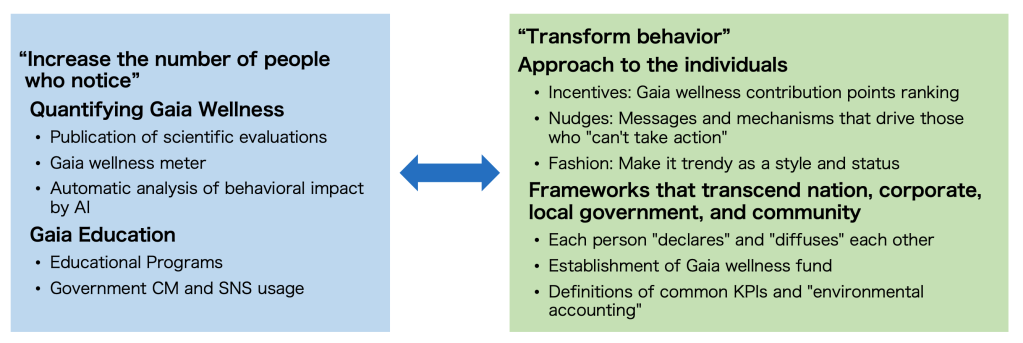
Fig 14. Two directions for Gaia wellness
Our Approach to Increasing the Number of People Who Notice
Quantification of Gaia Wellness
Quantification means determining a scale, and a tool is necessary for the creators, communicators, and users of the scale to have a common understanding of it. In order to spread the use of these tools, we believe it is important to create a push-type situation where people always see these tools when they become aware of them. For example, by creating a system that allows people to publicize their energy consumption on Facebook, and by having celebrities post daily about their Gaia Wellness on Twitter and Facebook, the indicator may become common knowledge for everyone.
Gaia Education and Awareness
The SDGs are now part of the educational curriculum and one of the subjects taught in schools. It is important to teach what the SDGs are, and also to have students understand them in relation to what they mean to them. It is important to understand that what is good for the individual is also positive for the rest of Gaia.
Our Measures to Change People’s Behavior
For example, if there was a tour where you always picked up trash after your favorite artist’s show, fans would gladly participate, tweet about it on social networking sites, and the artist would gain recognition as a person who is doing something about the environment. We believe that the approach is not necessarily a one-way flow of “those who notice” changing their behavior, but sometimes taking action is the only way to realize the meaning of the project. Part of the quantification of Gaia involves “environmental accounting”, the results of which companies are required to publish. When the number of people who realize this exceeds a certain point, it will become a huge crowd, and the sum of the forces of individuals and each community should work in the direction of keeping Gaia Wellness. We have a role to play in passing the baton to the next generation who will live in a world where Gaia Wellness is realized.
A World in Which Gaia Wellness is Realized
What would a world with Gaia Wellness and CSV for the individual and the planet look like? Imagine a specific day in your life. When you wake up in the morning, your smartphone displays not only personal information and familiar news, such as the weather and your daily schedule but also important information that threatens Gaia Wellness, such as the total amount of CO2 being released on the entire planet and the number of people infected with infectious diseases (Fig 15).
When you know that the total amount of CO2 released to the Earth has recently exceeded the target value, you decide not to commute in your own car that day, leave home a little earlier, and commute by public transportation, using trains and buses. Your smartphone now displays specific figures on how much you have contributed to reducing our environmental impact. At other times, while watching the news about an infectious disease epidemic, your smartphone receives information about a call for donations to promote vaccination in African countries. You might click the donate button. The result is a steady improvement in the predicted value of vaccinations in those countries.
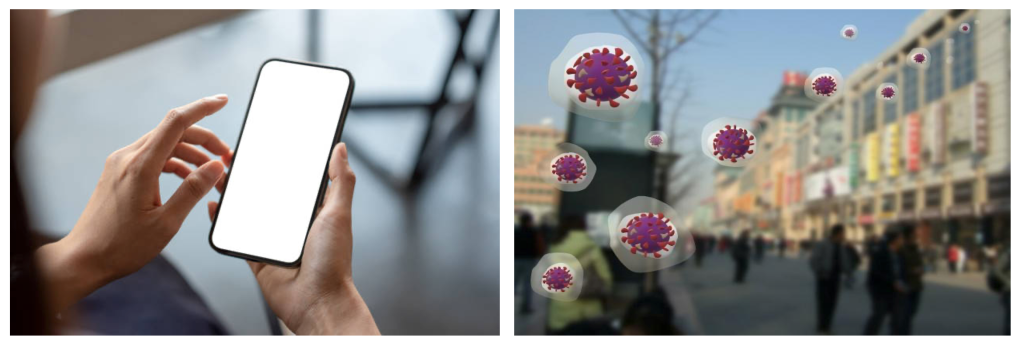
Fig 15. A world where Gaia’s wellness is visualized
After work, you went to the stadium to watch a baseball game in support of the professional baseball team of which they are ardent fans. After enjoying a heated game, fans of both teams cooperate in sorting and recycling garbage at the stadium (Fig 16). They choose to return home by public transportation to reduce CO2 emissions. Some may think that such a thing could be done even now. But what about the reality? Even for a single covid-19 vaccine, even though it is an infectious disease issue on a global scale, people give top priority to securing vaccines for their own country or are only aware of the number of infected people in their own region.
A world where Gaia Wellness and CSV for individuals and the Earth are realized is a wonderful world where individual values are respected, but at the same time, each person is aware of the entire planet as his or her own concern.
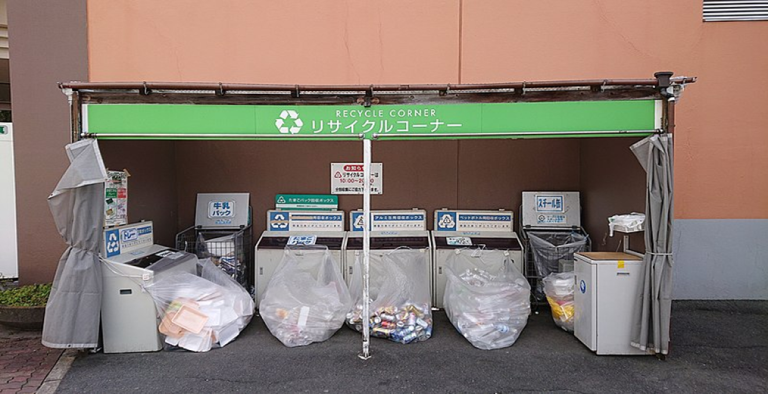
Fig 16. Garbage separation

